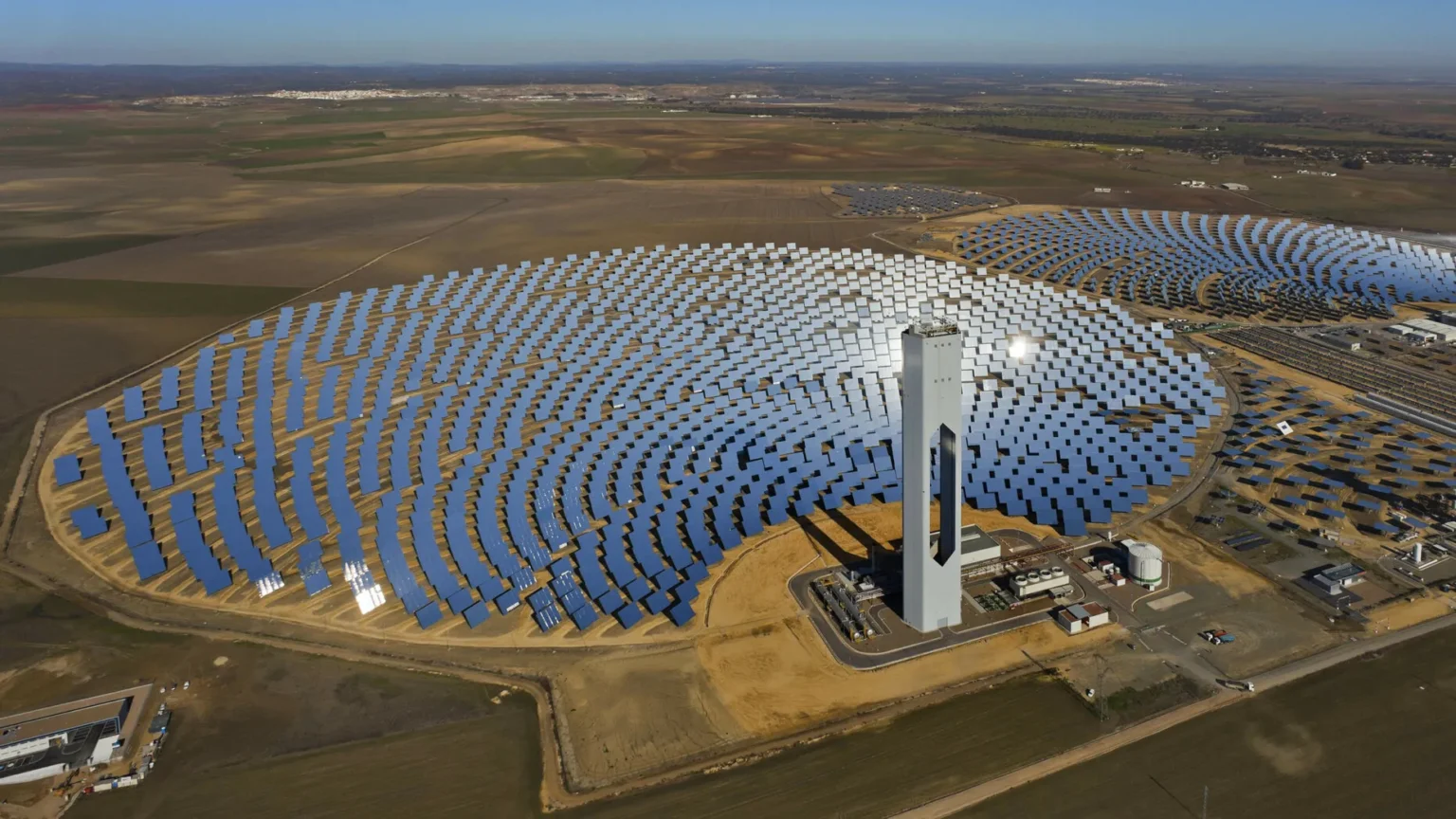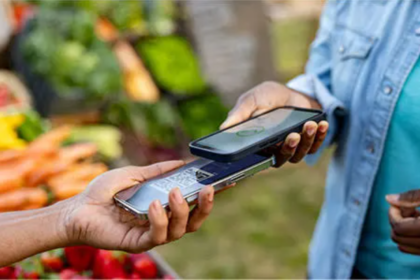At a Glance
- Morocco’s $35 billion hydrogen plan positions it as Africa’s green energy leader.
- $10.5 billion rail expansion to link 43 cities, powering trade and tourism growth.
- Industrial and renewable projects drive 2025 job creation, foreign investment, and regional development.
In 2025, Morocco is tightening its grip as one of Africa’s most attractive destinations for foreign and domestic investment.
From renewable energy and green hydrogen to infrastructure, manufacturing, and tourism, the kingdom is drawing steady global attention.
Ambitious state-backed programs, such as the “Morocco Offer” for green hydrogen, sweeping rail expansions ahead of the 2030 World Cup, and new partnerships with foreign governments, are reshaping its economic landscape.
Together, they reflect a country positioning itself for long-term growth as renewables, infrastructure, and tourism remain Morocco’s main economic pillars.
The national strategy focuses on sustainability, export-driven growth, and deeper regional integration.
Financing large-scale projects, spreading job creation across all regions, and addressing water scarcity remain major hurdles.
Regulators also face the test of ensuring that the benefits of growth reach smaller communities beyond the major cities.
Even with these obstacles, 2025 is shaping up as a year of real progress. Morocco isn’t just announcing billion-dollar projects; it’s putting in place the groundwork for a cleaner, more connected, and more diversified economy that could redefine its place in Africa’s growth story.
Shore Africa profiles mega deals across the continent while balancing modern ambitions with environmental and social realities.
1. Kano–Morocco $10 billion partnership
In April 2025, Nigeria’s Kano State signed a landmark deal with Moroccan partners, including MASEN (the Moroccan Agency for Solar Energy) and OCP Africa, to attract more than $10 billion in joint investments over five years. The collaboration covers renewable energy, agriculture, mining, and trade.
The agreement is expected to create jobs in both countries, encourage technology transfer, and expand industrial capacity in Kano, while reinforcing Morocco’s growing expertise in renewable energy and agribusiness.
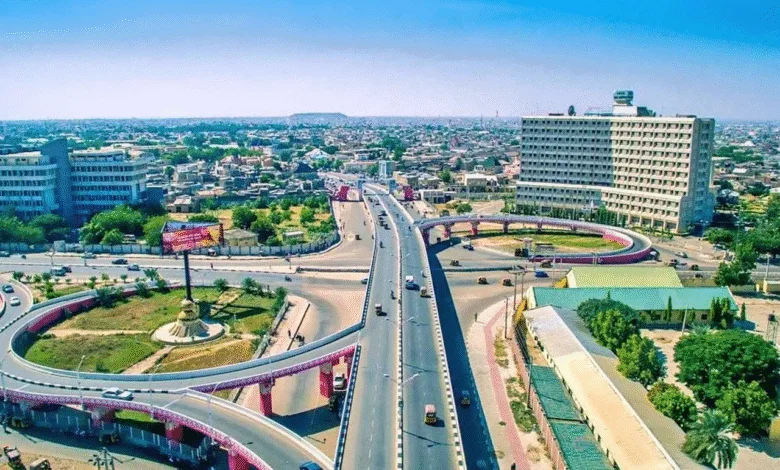
2. The Green Hydrogen “Morocco Offer” – MAD 319 billion ($35 billion)
Six domestic and international consortiums have been selected to develop Morocco’s flagship green hydrogen projects across Guelmim-Oued Noun, Laayoune-Sakia El Hamra, and Dakhla-Oued Eddahab.
With planned investments of around MAD 319 billion ($35 billion), the initiative includes renewable power generation, hydrogen electrolysis capacity of up to 10 gigawatts, and downstream facilities for ammonia, green steel, and synthetic fuels.
The program could create thousands of jobs and turn Morocco into a major exporter of clean energy. It will also help strengthen water security in the country’s southern regions through linked desalination projects.
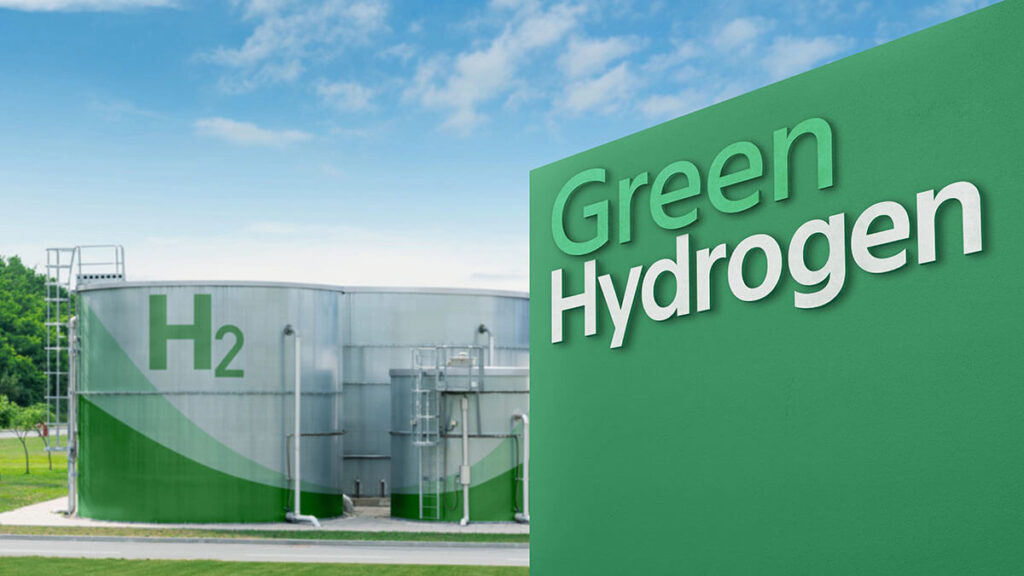
3. $10.54 billion National rail expansion
Approved by King Mohammed VI in April 2025, Morocco’s MAD96 billion ($10.54 billion) rail plan aims to connect 43 cities by 2040, reaching 87 percent of the population. A high-speed line from Kenitra to Marrakech will link Casablanca and Rabat, cutting travel times to just a few hours.
The project will create construction and maintenance jobs, improve trade and tourism flow, and reduce regional isolation. It also sets the stage for transport efficiency ahead of the 2030 World Cup.
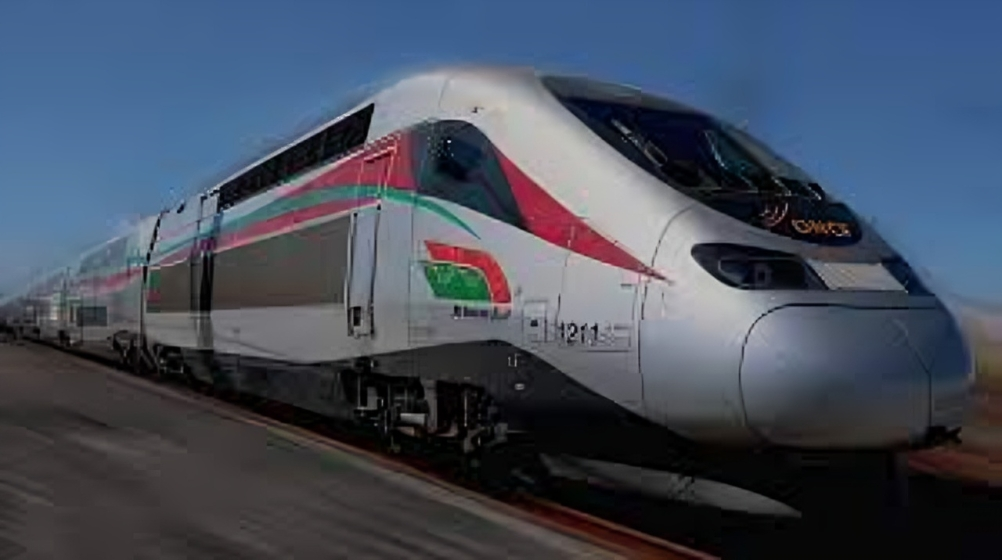
4. $5.6 billion in New industrial projects
By mid-2025, Morocco’s investment commission had approved 47 projects worth about MAD51 ($5.6 billion) across automotive, energy, and tourism industries, generating more than 17,000 jobs.
The projects underline Morocco’s push to diversify its economy and spread industrial growth beyond Casablanca and Rabat.
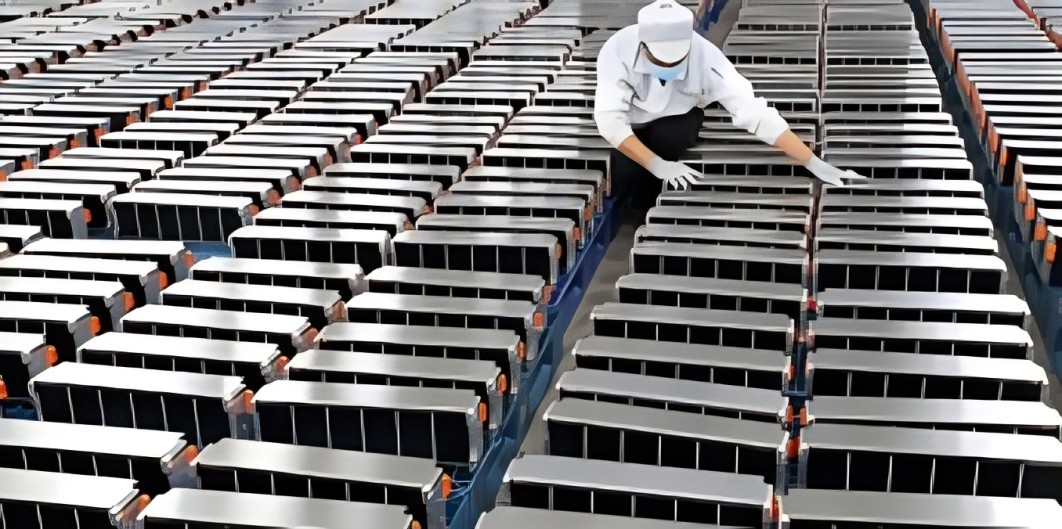
5. Expanding renewable and power infrastructure
Morocco is also channeling close to MAD 27 billion ($2.97 billion) into power-grid upgrades and hydrogen-related infrastructure, alongside joint projects with UAE partners worth about MAD 130 billion ($14.28 billion).
These efforts will reduce reliance on imported energy, stabilize electricity costs, and raise the renewable share of power generation from 44 percent today toward a 52 percent target by 2030.
6. Real estate and tourism investment surge
International hotel groups are ramping up expansion in Marrakech, Agadir, and Casablanca, while luxury property developments are drawing buyers from Europe and the Gulf. The rise of remote work and “bleisure” travel—combining business and leisure—is fueling new demand.
Economic impact: Rising visitor numbers and hotel investments are lifting tourism receipts, preserving cultural sites, and creating jobs in hospitality and local crafts.
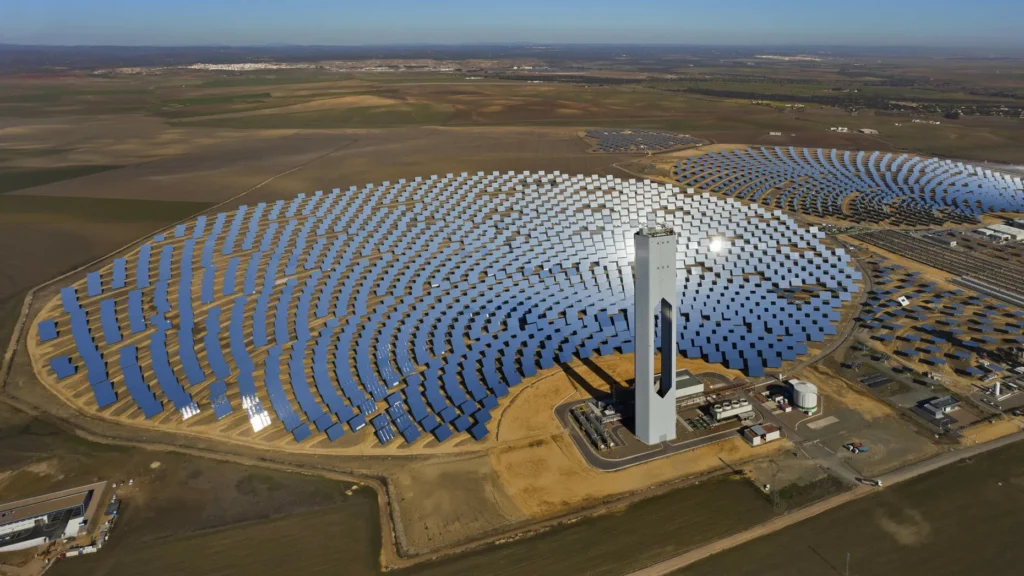
7. Strengthening agriculture and industry
OCP Africa’s fertilizer partnerships—especially those linked to the Kano initiative—include new blending plants and farmer-support programs. These projects are helping modernize agricultural value chains and reduce import dependence. Stronger agribusiness networks are improving food security and building sustainable income for rural communities.
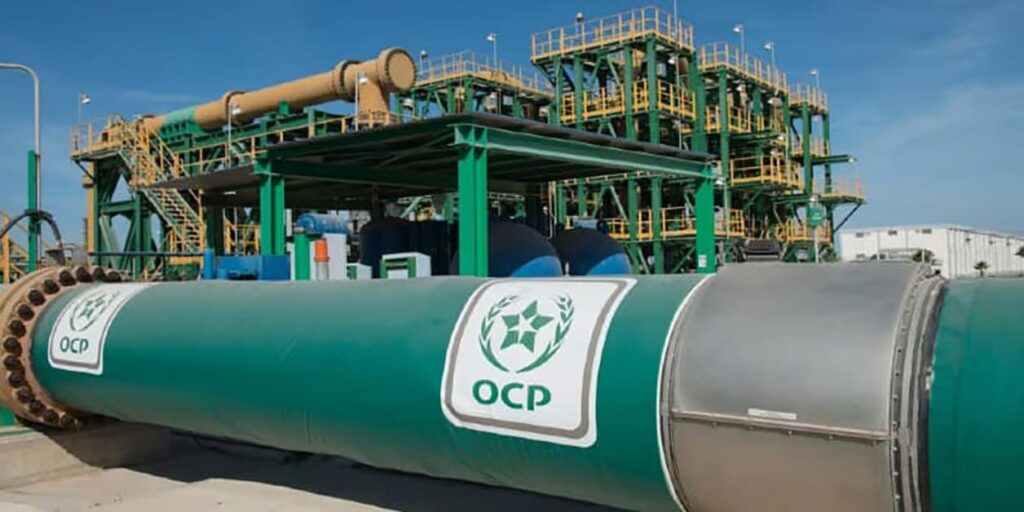
8. Infrastructure push for 2030
New airports, ports, and city transport systems are under development as Morocco prepares to co-host the 2030 World Cup. Casablanca’s Casa-Voyageurs station is one of several flagship upgrades designed to boost mobility and trade. These projects are expected to expand logistics capacity, lift property values, and stimulate long-term urban growth.
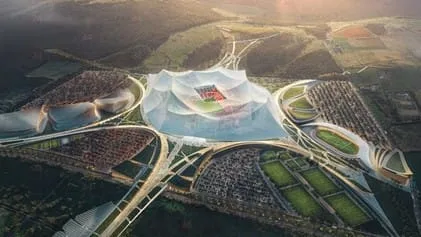
9. Deepening global energy partnerships
Morocco is widening cooperation with partners from the UAE, Germany, and the European Union. With financing from the European Investment Bank and others, projects worth about 14 billion dirhams are moving forward in 2025.
Such partnerships bring capital, technology, and credibility—key ingredients for sustaining Morocco’s development drive.

